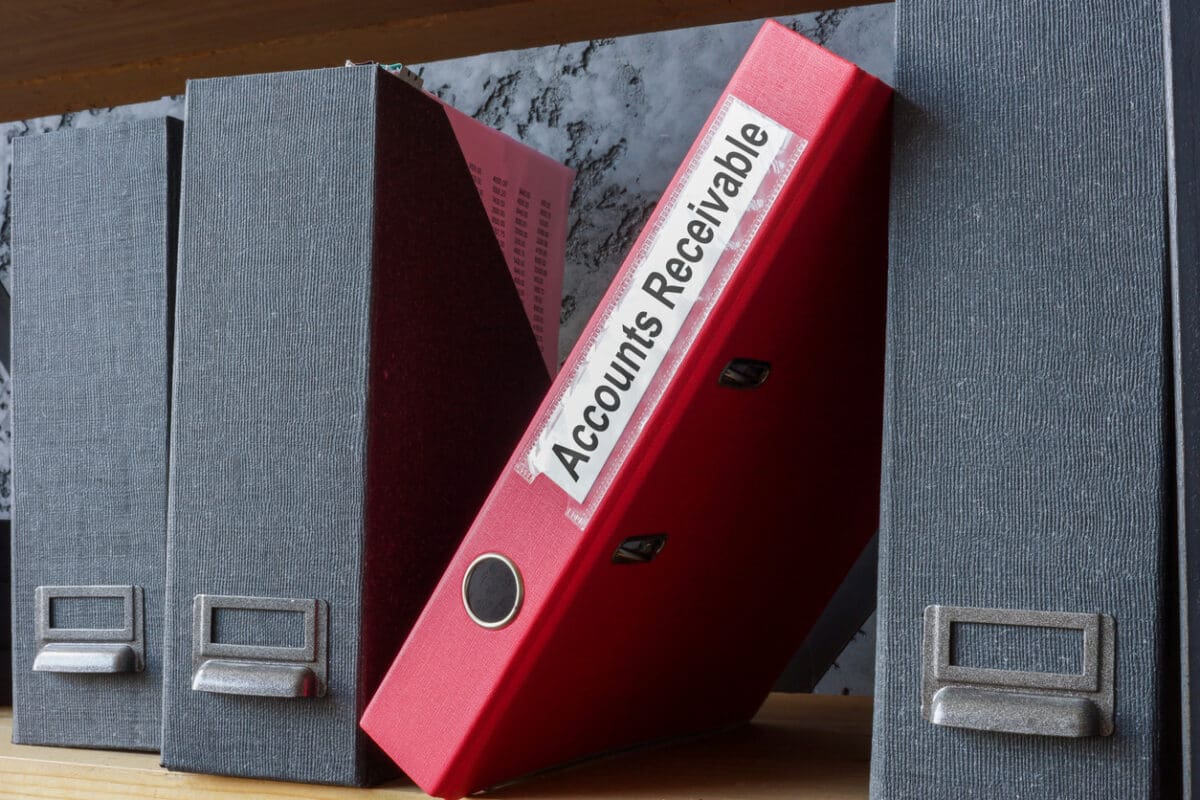Is Going Paperless Good For The Environment?
An unequivocal answer to the question “Is going paperless good for the environment?’ may well be more comprehensive than you realise.

However, there are many different reasons why going paperless can be beneficial for the environment, making this option a powerful eco-friendly statement for your organisation and there are, of course, also substantial cost savings from going paperless.
Paper is already redundant, right?
You may already believe that your organisation has shifted much of its business activity online and digitalised many of its processes. That’s likely to be true, but just consider these statistics for a moment.
How much of that paper could be replaced by digital information reporting and communication? We suspect the answer is a lot!
The latest figures from the World Counts website state that the millions of tons of paper waste created each month account for a shocking 26% of the waste added to landfills.
To be clear, the paper still used in offices is not always recycled, which is why we are running out of places to bury it!
Plus, according to this global environmental fact website, by 2060 global use of pulp and paper is expected to double, compared to 2010.
How else does paper cause eco-issues?
That last fact is really important, as the slow adaptation of paperless office systems is not ‘just’ creating a prominent waste problem.
Keeping up with the demand for paper brings other environmental problems too, as we outline below.
1. Deforestation
Many of the world’s forests are being depleted, despite efforts by global sustainable forestry bodies and providers.
In the 18 years leading up to 2019, around 386 million hectares of forest were obliterated in the world. It’s the equivalent of losing 10% of all tree cover on the planet since 2000.
2. Water
The tons of paper being produced daily, require large amounts of water. Making one kilo of paper requires 324 litres of water. To put that in context, the last time you used an A4 sheet of paper, you justified the 10 litres of water used to produce it.
As water management is one of the planet’s most pressing needs, this too highlights how important it is to go paperless.
3. Energy use
It’s impossible to calculate how much energy and fuel is used to produce and deliver pulp to paper mills, manufacture paper, transport it to wholesalers and then deliver it to end-users.
Suffice it to say, that going paperless counterbalances all of this!
4. Pollution
The process that goes into making paper also contributes to pollution. Turning pulp into paper produces nitrogen oxides, sulphur oxides, and carbon dioxide. It’s the sort of toxins that are connected to greenhouse gases, acid rain and water table contamination.
5. Recycling impact
Methods used to reuse the pulp in the paper also involve using fuel, energy, water and often chemicals to strip out ink and other unneeded elements. Though recycling does reduce the number of trees we need to produce paper products.
6. Storage
Yes, you can even count the way paper is stored throughout its life cycle when measuring its environmental impact. It requires warehouse space, something we are fast running out of in the UK.
It also needs boxes, wrappers and pallets for its onward journey, and shelves and filing cabinets at office premises. In a paperless office, all these factors would be gone, and it would be another way to reduce our impact on the planet.
Why is deforestation such a concern?
If your first thought – when you saw those figures on the decline in forests – was that this has serious aesthetical implications, it’s understandable. The demand for trees to make paper is threatening biodiversity and our landscapes. However, that also means deforestation is putting wildlife in danger due to the loss of habitats.
Let’s take that a step further though, in our exploration of “Is going paperless good for the environment?”.
- The fact is that trees are vital to humans. They produce oxygen. They also clean the air we breathe, by removing carbon dioxide from the atmosphere.
- This all happens alongside the role trees play in stabilising soil, filtering water and producing edibles and medicines (aspirin comes from tree bark).
- The well-documented rise in the global population continues to deplete the world’s resources. Yet, we are still cutting down trees and depleting the forests that are vital to us in so many ways.
Tech that shows going paperless is good for the environment
It’s not all doom and gloom though. The systems to create a paperless office already exist and are inexpensive and quick to activate.
You only need to look at the sort of activities handled by leading software such as Spindle Document Management, to see how well technology has replaced paper with eco-friendly alternatives. Admin methods that also bring economies and efficiencies to your workplace!
Draycir distributes 50,000,000 electronic documents a year and sends over 500,000,000 e-documents. Our software has supported over 2.7 million paperless transactions too.
If you translate this into a tangible carbon neutral ‘tally’ then Draycir has saved over 50,000 trees.
Yet more proof that the answer to ‘Is going paperless good for the environment?’ is a resounding YES!
See how much you could save with Credit Hound’s credit control
Further Reading
Accounts Receivable Management with Credit Hound

How Automation Can Increase Efficiency

What Does Paperless Mean?

How Automated Task Management Software Can Help Reduce Late Payments

How to Run a Profitable Business in One Easy Lesson

4 Benefits of Credit Control Automation with Credit Hound

Begin saving today
Sign up for free and start seeing how
Credit Hound will benefit your organisation.
- Instant access
- No credit card details required
- No obligation
Draycir are committed to ensuring that our approaches to processes, products and services are compliant with the General Data Protection Regulations (GDPR) from 25 May 2018. The purpose of the regulation is intended to strengthen and unify data protection of all individuals.
North America: +1 (1) 888 836 5156
UK/Europe: +44 (0) 116 255 3010
© Draycir, All rights reserved
Website by Fifteen.co.uk
